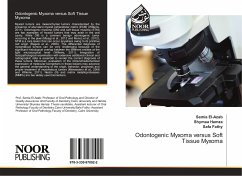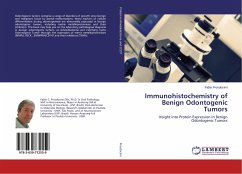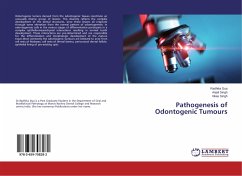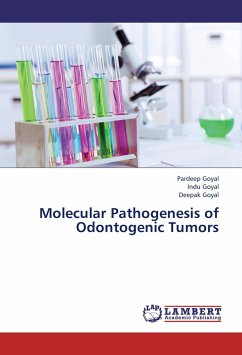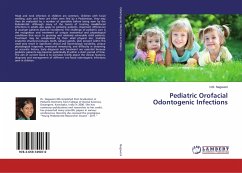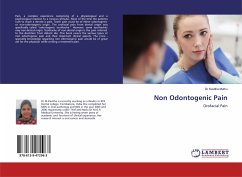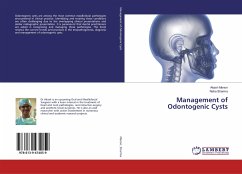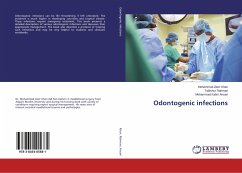Myxoid tumors are mesenchymal tumors characterized by the presence of abundant myxoid extracellular matrix (ECM) (Willems, 2011). Odontogenic myxoma (OM) and soft tissue myxoma (STM) are two examples of myxoid tumors that may arise in the oral cavity. While OM is a common benign odontogenic tumor occurring in the jaws (Miyagi et al., 2012 and Munoz et al., 2012), STM is a rare lesion that can occur anywhere owing to its primitive cell origin (Regezi et al., 2008). The differential diagnosis of myxomatous tumors can be very challenging because of the significant histological overlap between the different entities at the light microscopical level (Willems, 2011). Integration of histopathological examination with extensive additional clinical and radiographic data is essential to render the correct diagnosis of these tumors. Moreover, evaluation of the immunohistochemical expression of molecular biomarkers in these lesions may advance the general understanding of the origin, behavior, prognosis and proper treatment of myxomatous tumors (Manassano et al., 2006 and Willems, 2011). Nestin (N) and matrix metalloproteiases (MMPs) are two widely used biomarkers.
Bitte wählen Sie Ihr Anliegen aus.
Rechnungen
Retourenschein anfordern
Bestellstatus
Storno

